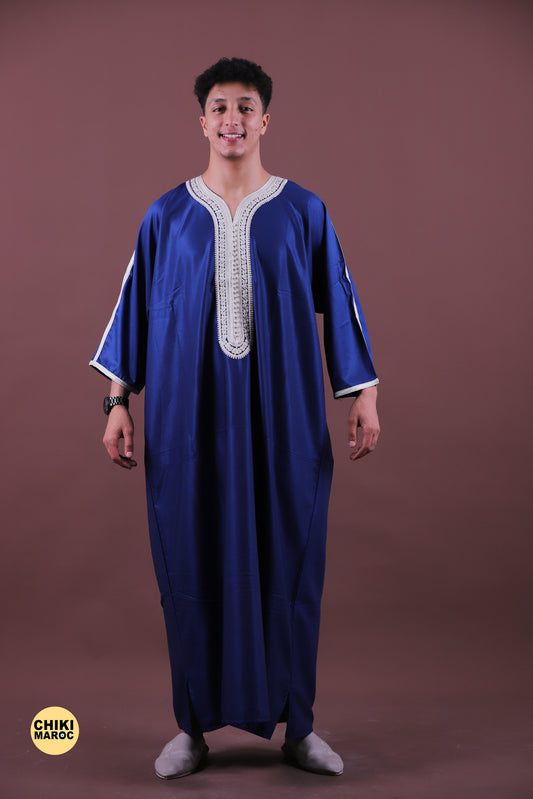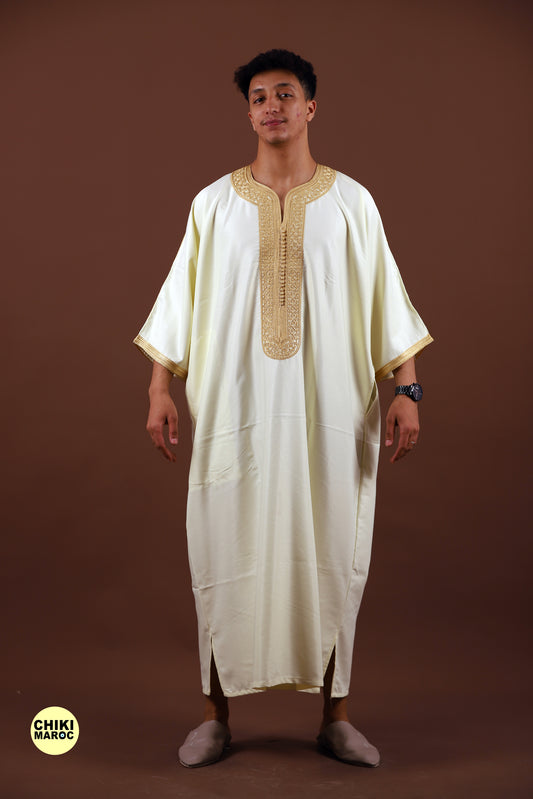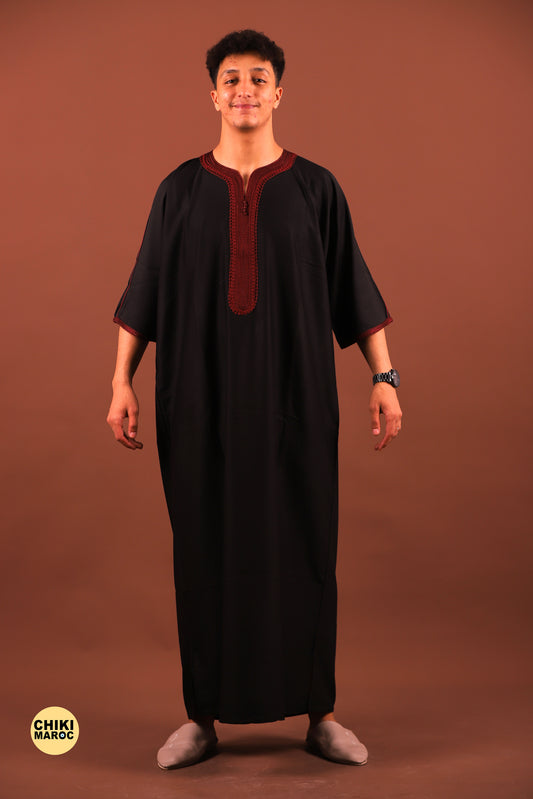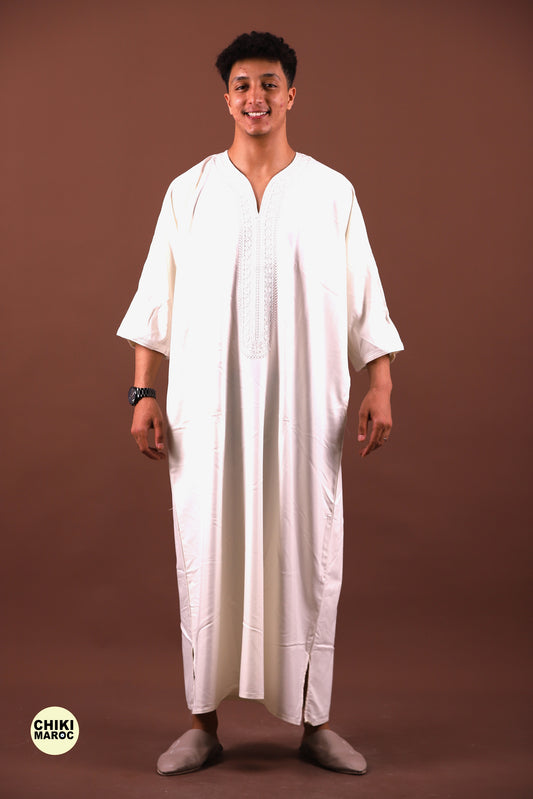Hair color plays a significant role in personal appearance and expression across cultures and religions, including Islam. Understanding the guidelines regarding hair color is essential for Muslims to adhere to religious teachings and cultural norms. This article explores which hair colors are not allowed in Islam, based on religious guidelines and cultural practices.
Religious Perspectives on Hair Color in Islam
In Islam, adherence to modesty and natural appearance is encouraged, reflecting humility and respect for one's natural attributes as bestowed by Allah. While the Quran and Hadith (sayings and practices of Prophet Muhammad) do not explicitly prohibit specific hair colors, cultural interpretations and religious scholars provide insights into preferred practices.
Natural and Permissible Hair Colors
- Natural Variations: Islam encourages Muslims to maintain their natural hair color as much as possible, embracing diversity in appearances created by Allah.
- Preferred Colors: Hair colors that closely resemble natural shades, such as black, brown, and variations thereof, are generally considered permissible and in line with Islamic teachings.
Prohibited Hair Colors in Islam
- Excessive Alteration: Islam discourages altering one's appearance drastically or excessively, including through unnatural or vivid hair colors.
- Avoiding Imitation: There is a caution against imitating non-Muslim cultural practices that may contradict Islamic values or lead to extravagance and vanity.
Cultural Norms and Interpretations
- Regional Differences: Practices regarding hair color can vary across Muslim-majority regions and communities, influenced by cultural traditions and interpretations of religious teachings.
- Community Expectations: Within Muslim communities, there may be cultural norms regarding hair color that emphasize modesty, simplicity, and adherence to religious teachings.
Scholarly Opinions and Fatwas
- Consultation with Scholars: Muslims seeking guidance on hair color are encouraged to consult with knowledgeable scholars who can provide context-specific advice based on Quranic teachings and Hadith.
- Personal Choice: Ultimately, individual decisions regarding hair color should align with personal faith, cultural identity, and the desire to uphold Islamic principles of modesty and respect.
Conclusion
Understanding which hair colors are not allowed in Islam involves considering religious teachings, cultural norms, and personal interpretations within diverse Muslim communities. While specific prohibitions on hair color are not explicitly outlined in Islamic texts, the emphasis on modesty, natural appearance, and humility guides Muslim practices regarding personal grooming and appearance.
This article aims to clarify the nuanced perspectives surrounding hair color in Islam, emphasizing the importance of cultural sensitivity, personal choice, and adherence to religious principles in matters of appearance and grooming.




